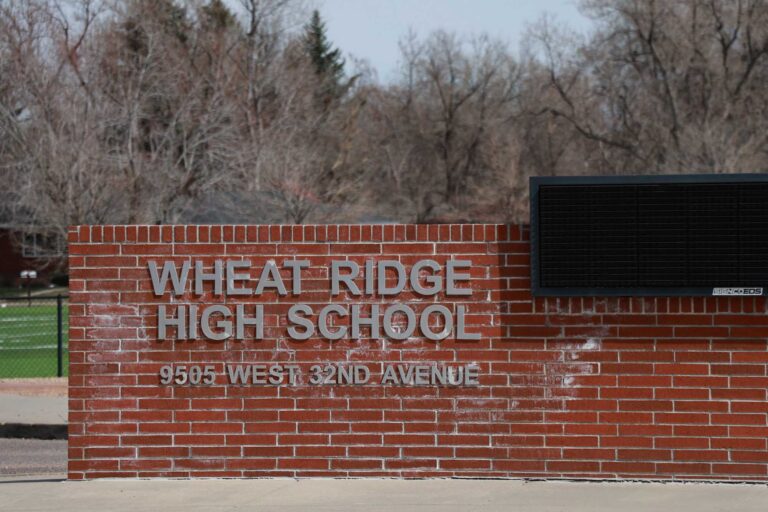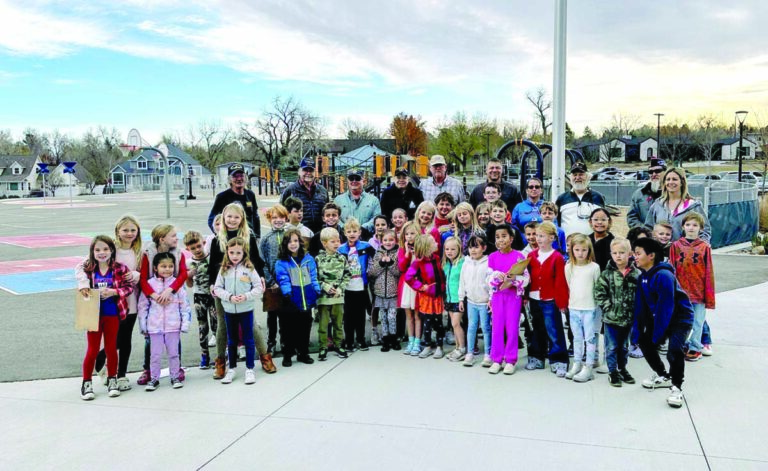With the constant progression and advancement of technology in the modern world, it is difficult to predict what life will look like in the near future. Just ten years ago, the limited capabilities of Siri and Alexa were considered revolutionary, Roomba vacuum robots were new and exciting, and self-driving cars were viewed as futuristic. Fast forward to today—every new device has access to seemingly unlimited possibilities thanks to the development of AI, robots are revolutionizing the agricultural industry with precision and efficiency, and self-driving taxis now operate in cities around the world. This rapid evolution shows just how much can change in only a few years. These examples raise an important question: what will life look like in the near future, and what is something I had to do in my early life that my children may never have to experience?
Despite the many changes and advancements in the world, one thing has remained largely the same: the schooling system. As a current high school senior, I can confidently say that this outdated structure has failed to evolve at the pace of the rest of society. While there have been some minor adjustments—such as increased use of technology and a gradual shift away from traditional textbook learning—most of the core elements have stayed the same. Today, nearly all of our assignments and resources are available online. Even when we complete an assignment on paper, which is rare, we are expected to submit it by taking a photo and uploading it to our teacher. Outside of these technological updates, however, the structure and expectations of school remain unchanged—and that’s a serious problem.
The main issue that needs to be addressed is the amount of time students spend in the classroom, along with the additional workload assigned outside of school hours. The average American student spends about seven hours a day in school, a figure that has remained largely unchanged for over 50 years. As a high school student, I believe this is far too much time given the content we cover each day. Most of my classes could realistically be shortened by 15 to 20 minutes without sacrificing any learning. Many students, myself included, often finish classwork with plenty of time to spare, or we find that lessons are taught at an unnecessarily slow pace. This inefficiency, combined with the fact that most teachers still assign homework, is frustrating.
It’s unreasonable that we spend 35 hours a week in school and are still expected to do additional work at home. If teachers cannot cover all the necessary material and provide enough practice during the school day, something is clearly wrong with the system. More free time after school would allow students to pursue extracurricular activities, hold part-time jobs, or simply relax without the looming stress of homework. This is one aspect of my schooling experience that I hope future generations—including my own children—will not have to endure.
Tyler Cary is a 17 year old Senior attending Center Grove High School in Indiana.






